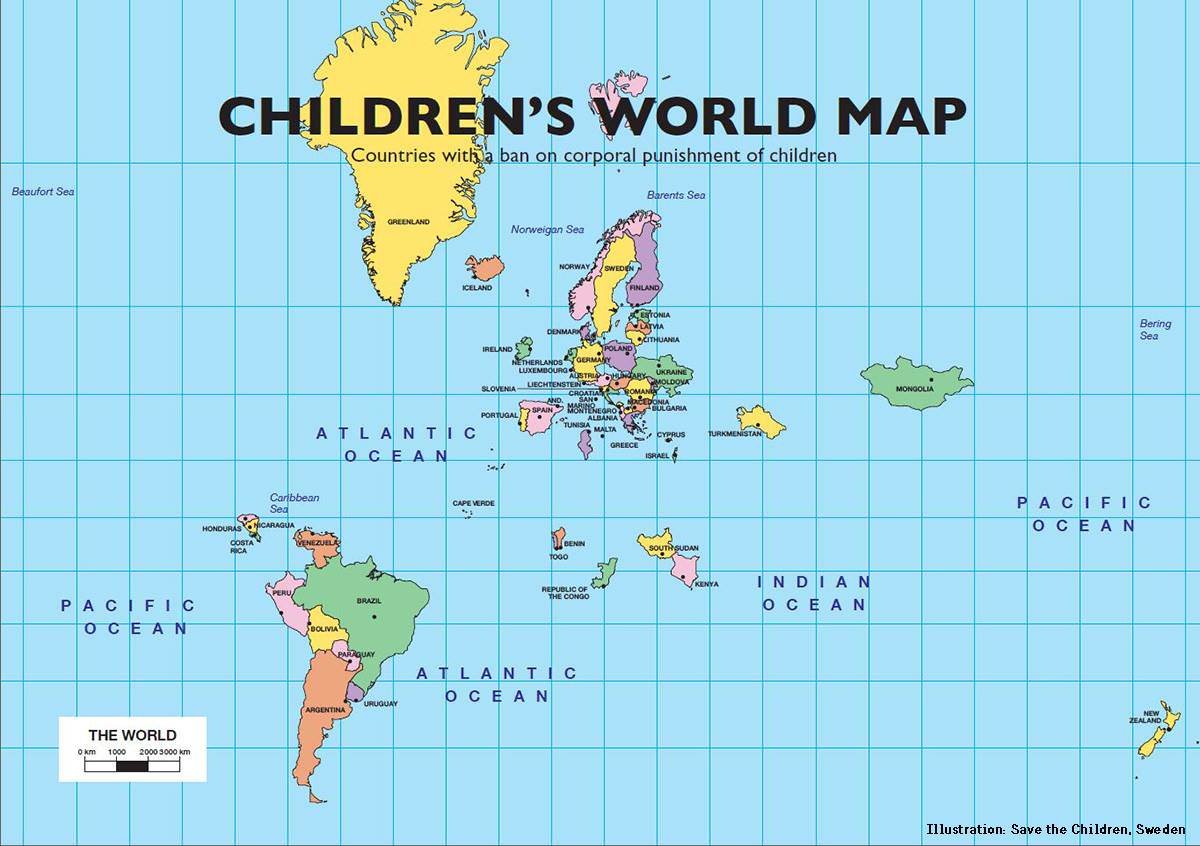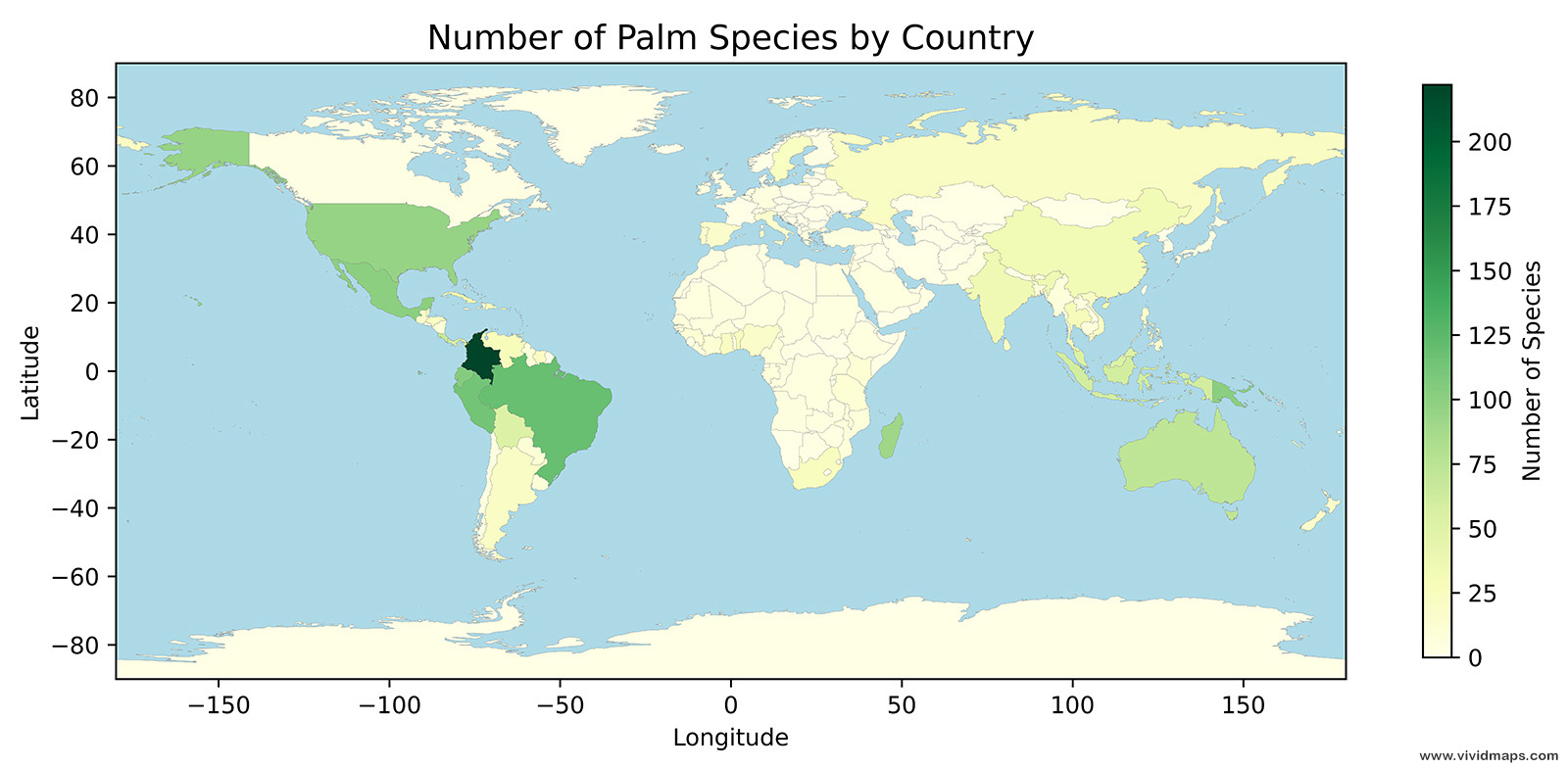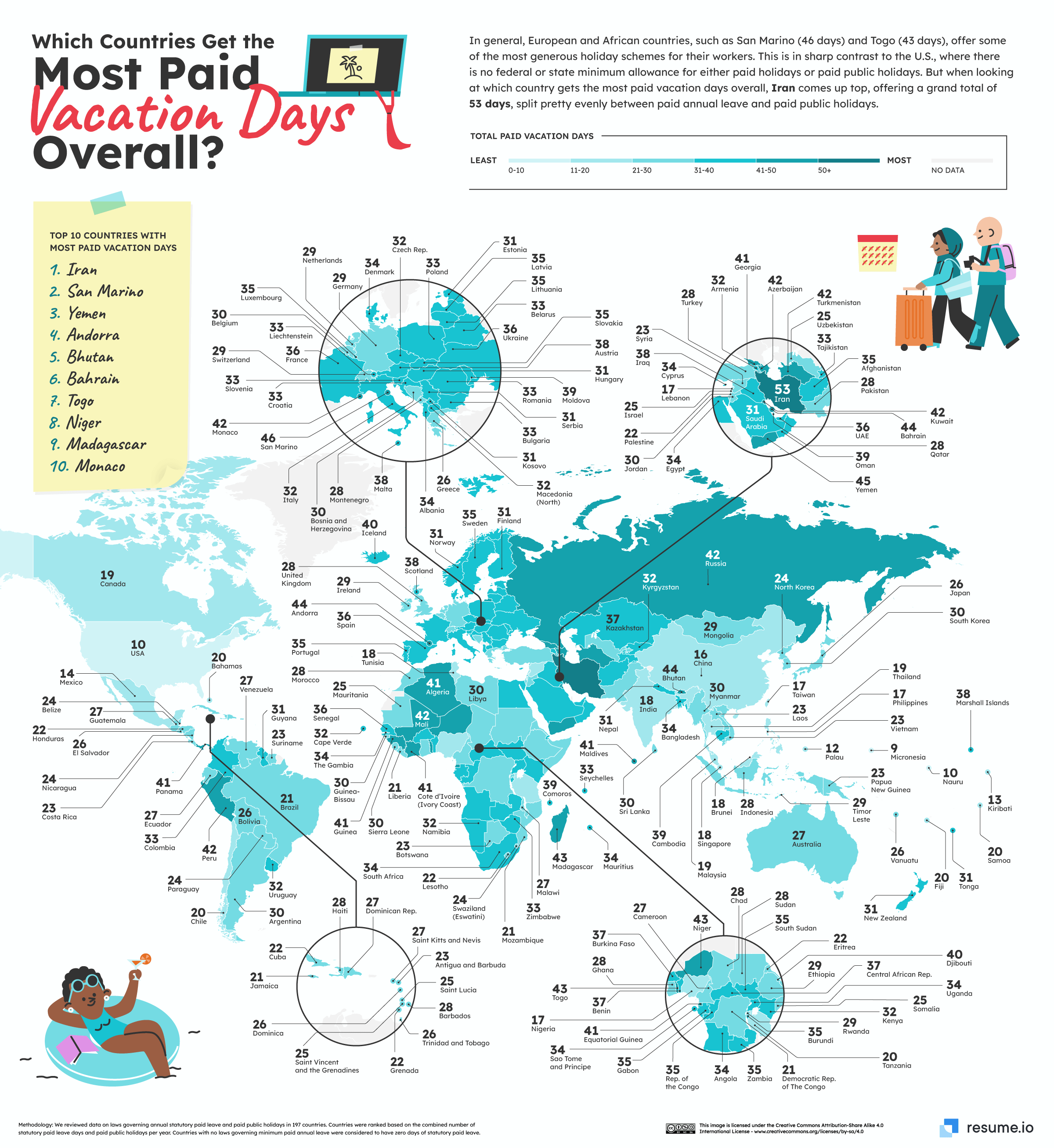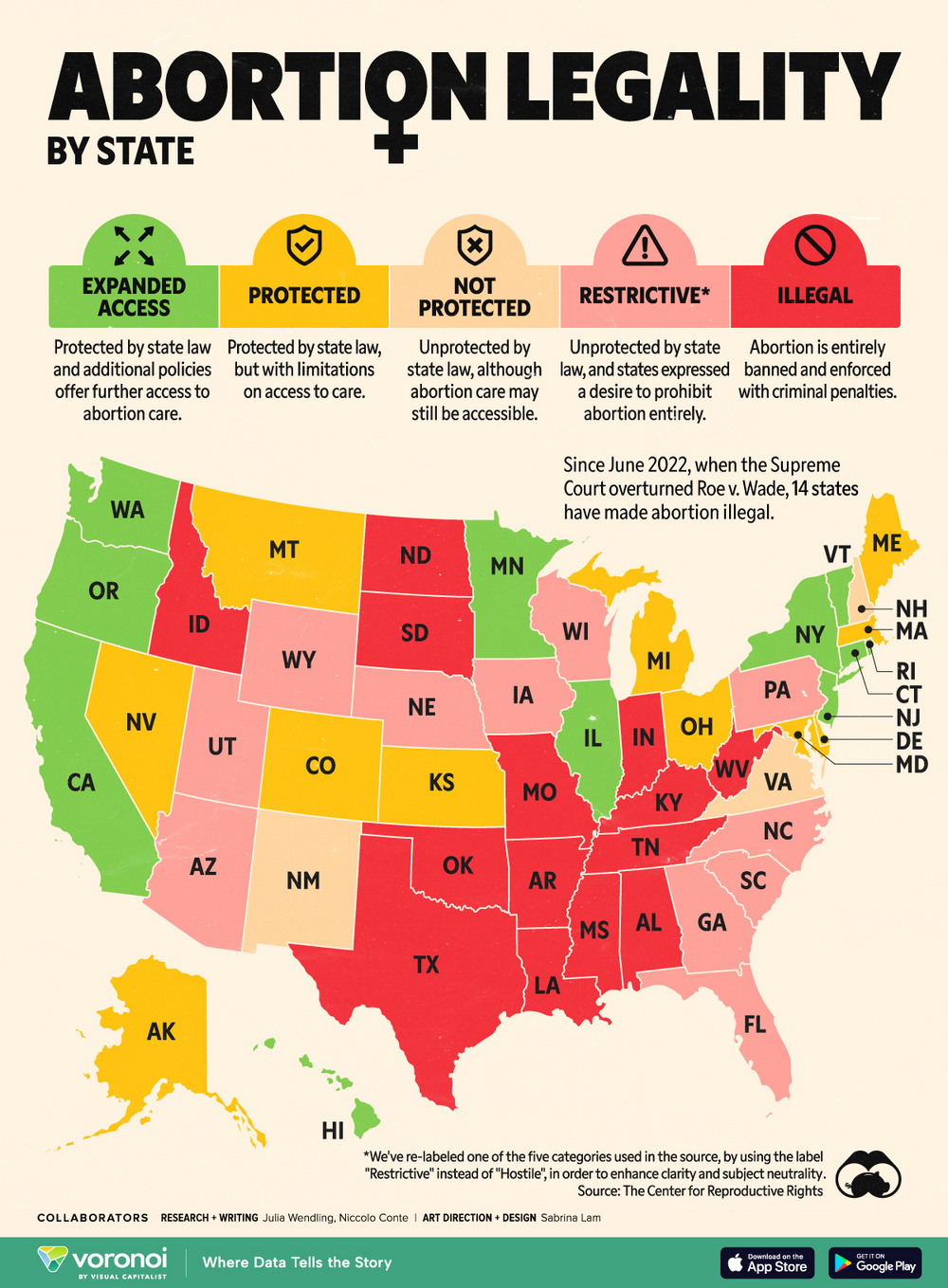Children’s world map: Countries That Ban Corporal Punishment

When looking at a traditional world map, we rarely consider the stark differences in children’s rights across borders. This unique visualization, created by Save the Children Sweden, takes an innovative approach – it shows only the countries that have fully banned corporal punishment of children, while the rest dissolve into the ocean blue.
The result is both beautiful and sobering. Out of nearly 200 countries in the world, only 53 nations have laws protecting children from physical punishment in all settings – including homes, schools, and care facilities.
A Timeline of Progress
The movement to ban corporal punishment began in Scandinavia. Sweden made history in 1979 by becoming the first country to explicitly prohibit all forms of physical discipline of children. Finland followed in 1983, and Norway in 1987.
The pace of change accelerated in the 2000s, with multiple countries enacting comprehensive bans:
Recent Milestones
- 2015-2017: Lithuania, Mongolia, Montenegro, Paraguay, Slovenia, Benin, Ireland, and Peru joined the growing list
- 2014: A landmark year when seven countries including Brazil and Argentina passed complete bans
- 2010: Several African nations including Kenya and Tunisia enacted protections
- 2007: New Zealand became the first English-speaking country to implement a total ban
What This World Map Reveals
When we look at this map, the vast empty spaces tell a compelling story. Many major nations still allow physical punishment of children in some or all settings. The United States, Canada, Australia, China, and the United Kingdom are notably absent from the map. Most of Asia and Africa appear as ocean blue, indicating that corporal punishment remains legal in these regions.
The Real Impact of These Laws
The effects of banning corporal punishment extend far beyond the legal sphere. According to research by UNICEF, countries that implement these bans see significant positive changes in their communities. Parents report better relationships with their children, while mental health professionals note improved outcomes for young people. Perhaps most importantly, these societies generally show decreased acceptance of physical discipline over time, breaking the cycle of violence.
Moving Forward
While the map shows encouraging progress, child rights advocates emphasize that legal reform is just the beginning. Real change happens through a combination of public education, support for parents, and gradual cultural shifts. Each blue space on this World map represents an opportunity for more countries to prioritize children’s rights and well-being.
Complete List of Countries with Full Bans
In the following 53 states, children are protected by law from corporal punishment in all settings, including the home.
2017 – Lithuania
2016 – Mongolia, Montenegro, Paraguay, Slovenia
2015 – Benin, Ireland, Peru
2014 – Andorra, Estonia, Nicaragua, San Marino, Argentina, Bolivia, Brazil, Malta
2013 – Cabo Verde, Honduras, Macedonia
2011 – South Sudan
2010 – Albania, Congo, Kenya, Tunisia, Poland
2008 – Liechtenstein
2009 – Luxembourg, Republic of Moldova, Costa Rica
2007 – Togo, Spain, Venezuela, Uruguay, Portugal, New Zealand, Netherlands
2006 – Greece
2005 – Hungary
2004 – Romania, Ukraine
2003 – Iceland
2002 – Turkmenistan
2000 – Germany, Israel, Bulgaria
1999 – Croatia
1998 – Latvia
1997 – Denmark
1994 – Cyprus
1989 – Austria
1987 – Norway
1983 – Finland
1979 – Sweden
If you’d like to use maps as educational tools in your space, here are some carefully selected world maps available on Amazon that can spark important conversations:
- National Geographic World Map – A detailed political map perfect for classrooms and offices (Amazon link)
- Historic-Style Political World Map – An elegant map that combines modern accuracy with classic design (Amazon link)
- Educational World Map for Young Learners – A colorful, engaging map designed specifically for children (Amazon link)








